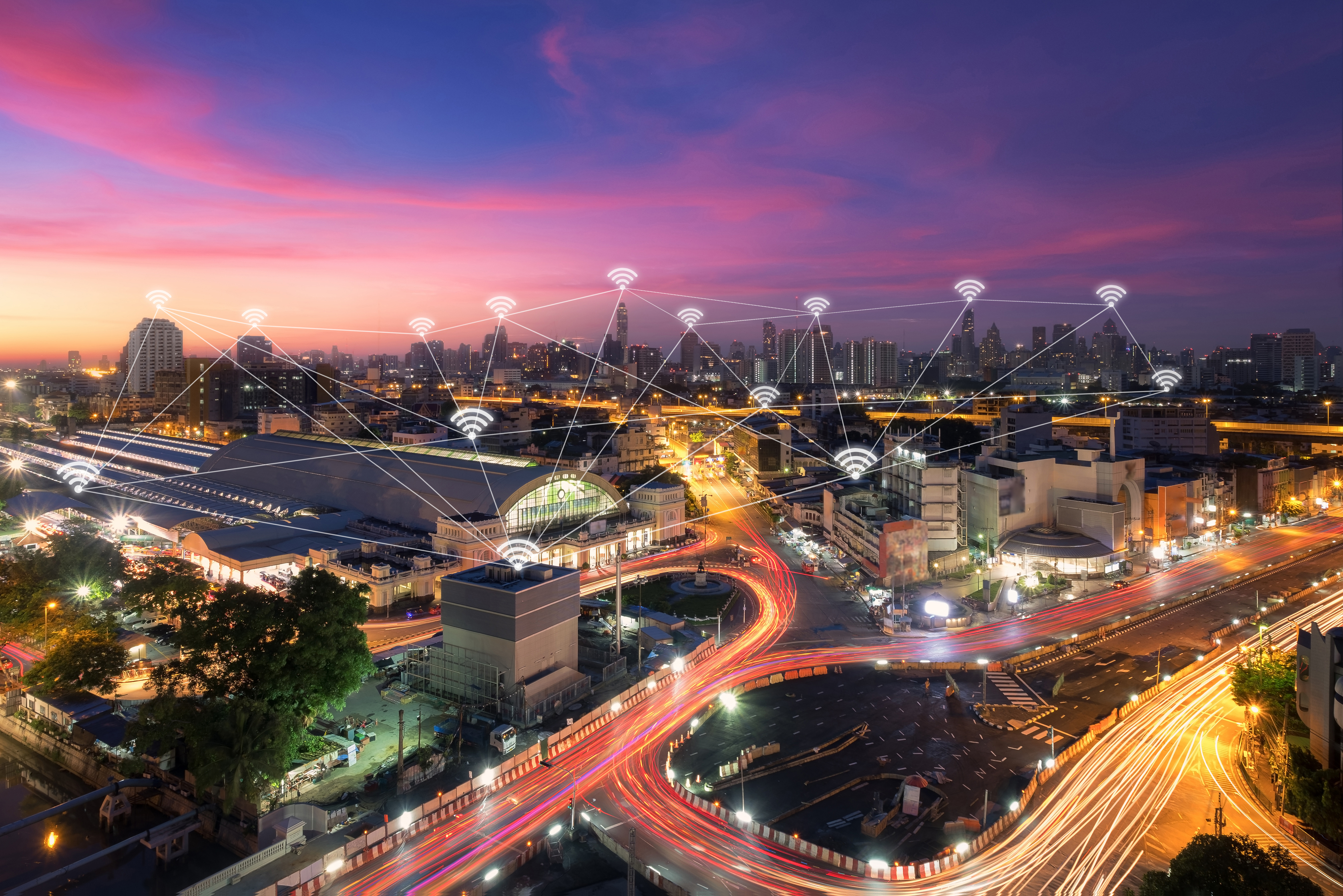November 7, 2019
Let’s state the obvious, OnGo is the most appropriate vehicle for private 4G/5G networks. OnGo networks deploy the 3GPP standards (i.e. 4G/5G) with the superb mobility and security that comes with them. OnGo networks also share the main advantage that WiFi has to offer which is total independence in deployment and operation.
At some point in time, the most prevalent use of the OnGo systems might just be smartphones much like the cellular networks of today. However, that is a few years away because the number of handsets that currently do support the CBRS band is far fewer than the ones that don’t.
It stands the reason that in the early stage of OnGo proliferation, the primary use for the OnGo systems would be venue and vertical-specific applications that run exclusively on these systems. Hence it is incumbent upon the OnGo community to look hard and discover the killer apps that are specific to each vertical. In the early days, OnGo networks will have a better chance of success when wrapped in a package with one or more vertical-specific applications that interest the venue owners and managers.
Private Network Uses for OnGo
Connectivity recently deployed two OnGo networks in the New York Times Square and the Angel Stadium in Anaheim. We tried out multiple use cases for our OnGo trials. These applications, to be fair, are more “vanilla” use cases that can work anywhere but at least it proves the range of OnGo functionalities and gets us started in our quest for the coveted “killer apps”.

1- Phones
The first and foremost use case is inevitably the smartphone. Personal connectivity is and will always be a critical use case in any wireless broadband system including OnGo. Two models of smartphones are used for testing; iPhone11 and Essential. The phones were equipped with system-specific SIM cards. It is almost certain that in the near future the eSIMs (like the one in iPhone 11) will have the ability to be programmed to work on private networks. But at the moment that is not possible. Typical smartphone functionalities are tested below;
a) Internet connection; browsing was successfully done with both phones
b) DL/UL speed test; for the 20 MHz of STA spectrum in both deployments, the maximum downlink speed was around 120 Mbps and the maximum uplink data rate was around 45 Mbps. In the Angel stadium trial, the entire empty stadium had at least 20 Mbps downlink throughput from a single transmitter, now that is impressive.
c) OTT voice; The voice functionality was tested using an OTT app (in this case WhatsApp) with success. VoLTE functionality is currently not available on the iPhone11 CBRS band.
2- Push to talk
A major use case for private networks is secure wireless communication for the security staff. This function has traditionally been done using unlicensed bands such as Wi-Fi and 900 MHz. None of these unlicensed band systems offer the mobility, security, and bandwidth required for a dependable and video-capable security communication system. OnGo enables secure communication channels with video capability for the enterprise. Currently, the only available OnGo Push to Talk radios are Motorola SLN1000. We tested these devices with success in both of our deployments. SLN1000s are voice-only devices but video devices are expected in not too distant future.

3- Laptop
The secure connection of laptops to the internet is a major use case anywhere. Currently, the bulk of laptop connections are through Wi-Fi which could be compromised much easier than the 4G/5G connections. As a result, the use of laptops in many security-sensitive enterprises has been limited to hard-wired connections. With OnGo, any laptop can securely be connected to the internet or company intranet while enjoying the mobility that accompanies the 4G/5G systems. To test this use case, we connected a laptop to the internet successfully via a CBRS modem (in this case Sierra Wireless RV55). Eventually, CBRS chips would be embedded in the laptops and the need for the external modem will go away much like Wi-Fi chips of today.
4- Wi-Fi Backhaul
Wi-Fi is pervasive throughout the world and forms the backbone of many services in all sorts of enterprises. Expansion of Wi-Fi systems has always meant pulling additional Cat5/6 or fiber, in many instances at a high cost and a considerable length of time. OnGo connection could replace the Ethernet cable as a Wi-Fi backhaul medium almost instantly. This is especially true in situations where power is available but Cat5/6 or fiber isn’t.
In the Angel stadium, for example, parking lots are where people congregate for various functions such as concerts, tailgating, and so on. The stadium is obviously very interested in extending its Wi-Fi services to wherever the people are. Until recently providing the Wi-Fi service for these folks has been a rather costly affair because it meant trenching the parking lot to install the cables. With OnGo coverage, the Wi-Fi APs can simply be connected to power which is available at light poles, a CBRS modem, and we have Wi-Fi.
We tested the Wi-Fi backhaul functionality very successfully with multiple phones, multiple laptops, and a camera connected to the Wi-Fi AP (Ruckus R-310) backhauled by the OnGo system. The CBRS modem used was a MultiTech e-Cell.

5- Digital Signage
Digital signage is typically connected to Ethernet or Wi-Fi. For applications where the sign needs to be mobile, OnGo can provide the backhaul relying on the very high downlink throughput of the system.
We tested a digital sign using a CBRS modem (RV55) and the results were very impressive.
We believe these case studies only scratch the surface of OnGo applications for venue owners and enterprises. Our trials demonstrate, where there is a need for a secure, scalable network, OnGo is a promising and flexible platform at a similar total cost of ownership as carrier-grade Wi-Fi. We are excited to continue unleashing the potential of OnGo around the United States.
If you have questions about what the future holds for OnGo or about our suite of wireless solutions, contact our team today.
